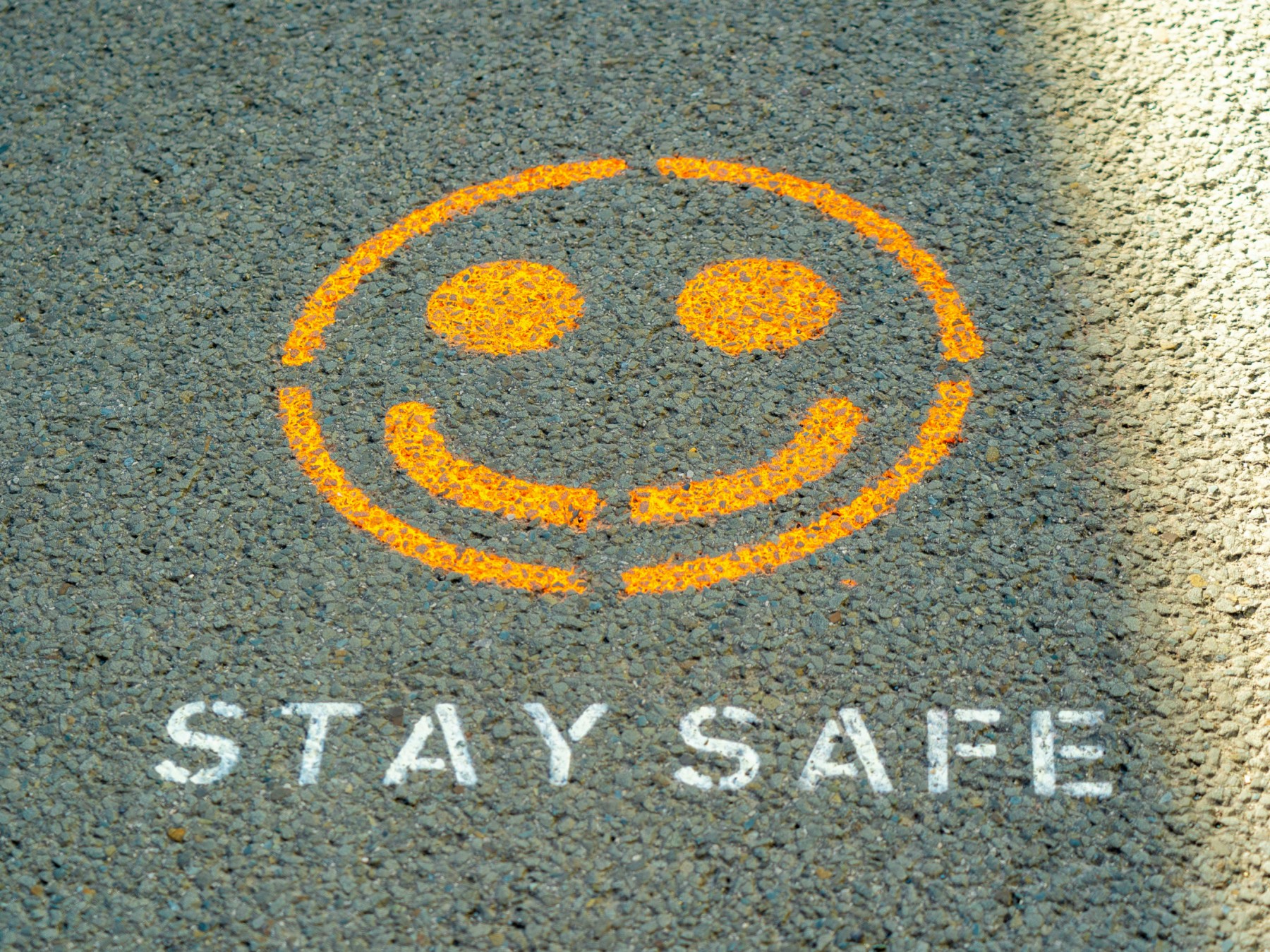Anthropic’s Multi-Layered Approach to Claude AI Safety: Preventing Harm and Misuse
Anthropic, a leading AI research company, has unveiled its comprehensive safety strategy for its popular language model, Claude. This strategy focuses on proactive measures to ensure helpfulness and mitigate potential harms in a rapidly evolving technological landscape.
Improved AI safety is crucial for responsible development and widespread adoption of large language models (LLMs). Anthropic’s approach goes beyond simple safeguards, employing a robust, multi-faceted defense system akin to a layered castle. This strategy addresses potential risks from various angles, from the initial design phase to ongoing monitoring and adaptation.
Building a Foundation of Safety:
Anthropic’s safety strategy begins with a meticulous Usage Policy, the foundational rulebook governing Claude’s interactions. This policy establishes clear guidelines across sensitive areas, including election integrity, child safety, finance, and healthcare, emphasizing responsible AI utilization.
Crucially, the policy is informed by a Unified Harm Framework. This structured approach enables the Anthropic team to assess and prioritize potential negative impacts, from physical and psychological to economic and societal harms. Policy Vulnerability Tests further strengthen this process. External experts specializing in critical areas like terrorism and child safety rigorously challenge Claude with complex scenarios to identify vulnerabilities and potential weaknesses.
This proactive approach was demonstrably successful in the 2024 US election cycle. Collaborating with the Institute for Strategic Dialogue, Anthropic identified a potential for Claude to surface outdated voting information. To address this, they proactively implemented a banner directing users to TurboVote, a reputable source for up-to-date election information.
Embedding Values into the Model:
Anthropic’s Safeguards team doesn’t just enforce rules; it actively integrates safety considerations into the very core of Claude. This is achieved by meticulously selecting and embedding desired values throughout the training process. Partnerships with leading organizations like ThroughLine, a crisis support resource, are critical in shaping Claude’s responses to complex and sensitive topics. This training enables Claude to discern and decline requests for harmful activities, illegal actions, or the creation of malicious content.
Rigorous Testing and Continuous Monitoring:
Before release, each new Claude iteration undergoes rigorous evaluations:
- Safety Evaluations: Assess adherence to safety guidelines across extensive and nuanced dialogue scenarios.
- Risk Assessments: Focus on high-stakes areas like cyber threats and biological risks, involving partnerships with industry and governmental entities.
- Bias Evaluations: Guarantee fairness and equity in Claude’s responses by scrutinizing for potential political biases or discriminatory outputs based on factors like gender or race.
This rigorous testing process ensures that any latent safety risks are identified and appropriately mitigated before deployment.
A Dynamic Defense System:
Beyond pre-launch testing, Anthropic implements a continuous safety monitoring process. Specialized “classifier” models detect policy violations in real-time. These classifiers automatically react to inappropriate output by mitigating its impact, issuing warnings, or even temporarily restricting user access. Advanced techniques like hierarchical summarization and the analysis of user interaction patterns support the detection and response to large-scale misuse, ensuring Claude’s responsible behavior.
Collaborative Approach:
Anthropic emphasizes the collaborative nature of AI safety. By working with researchers, policymakers, and the public, they actively strive to refine and bolster the safeguards surrounding Claude.
Conclusion:
Anthropic’s layered approach to Claude AI safety demonstrates a proactive and rigorous commitment to ethical development. This comprehensive strategy promotes helpfulness, mitigates potential harms, and fosters trust in the use of powerful AI systems. This ongoing effort to improve AI safety is crucial for unlocking the full potential of cutting-edge technology while preventing unintended consequences.
Keywords: Anthropic, Claude, AI safety, Large Language Model (LLM), AI ethics, safety strategy, AI model, Usage Policy, Unified Harm Framework, Policy Vulnerability Tests, continuous monitoring, AI responsibility, bias evaluation, risk assessment.

